The Best Traditional Roguelike Games
Though there are countless modern roguelike games out there, the best traditional examples of that genre showcase the roots of the genre.
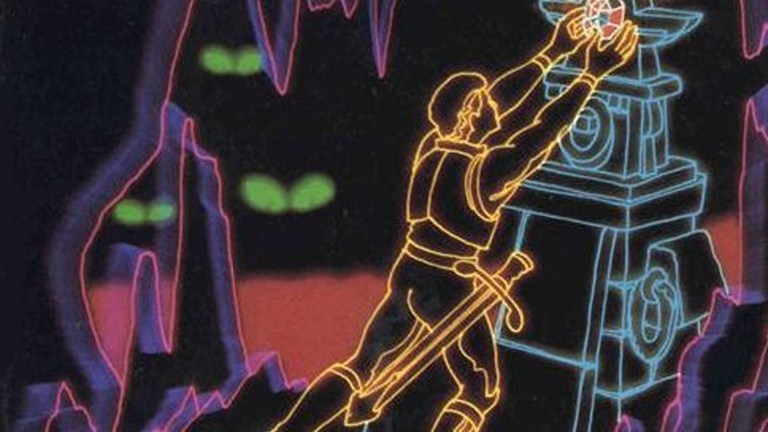
Go into a retro gaming forum looking for recommendations for a good roguelike after falling in love with Dead Cells, and you may start a fight. The delineation between ‘roguelike’ and ‘roguelite’ began to blur a while ago. The terms ‘true’ or ‘pure’ Roguelike get thrown around by devotees of the traditional mystery dungeon (Japan’s term for a Roguelike), unfortunately adding a sniffy attitude that suggests the ‘lites’ are lesser. In a world where Hades exists, that’s nonsense.
From a fan who loves both, and wants you to love both, traditional roguelikes grant their zippier descendants procedural floors peppered with the rare handcrafted floor, randomized starts that may handicap your early progress, permadeath runs, and, sometimes, a metagame of unlocks that will inform your next run and all the runs after. What the classics keep for themselves is a turn-based system that requires tactical insight for every move once an enemy is on your screen, a greater emphasis on how randomized effects may play off of each other, minimalist graphics ( if there even are any) and, often, a sense of serene impenetrability.
Playing the originator, Rogue, is a throwback to the CRT monitor era of the early ‘80s. The first time you load it up, you’re going to stand there like Neo while Cypher tells you that he looks at code and can see people. You’re playing something like an @. All around you is a field of periods. Except for maybe a green Greek numeric by what’s implied to be a hallway. Fumbling with the keys, you walk towards it. It’s a lizard, and now you’re dead. If this is 1993 and you’re a heavily depressed teenager, congratulations on your new obsession. But since it’s 2024, let’s walk you through why it’s worth loving the classic Rogue-style game by exploring some of the best traditional Roguelike titles you can play today.
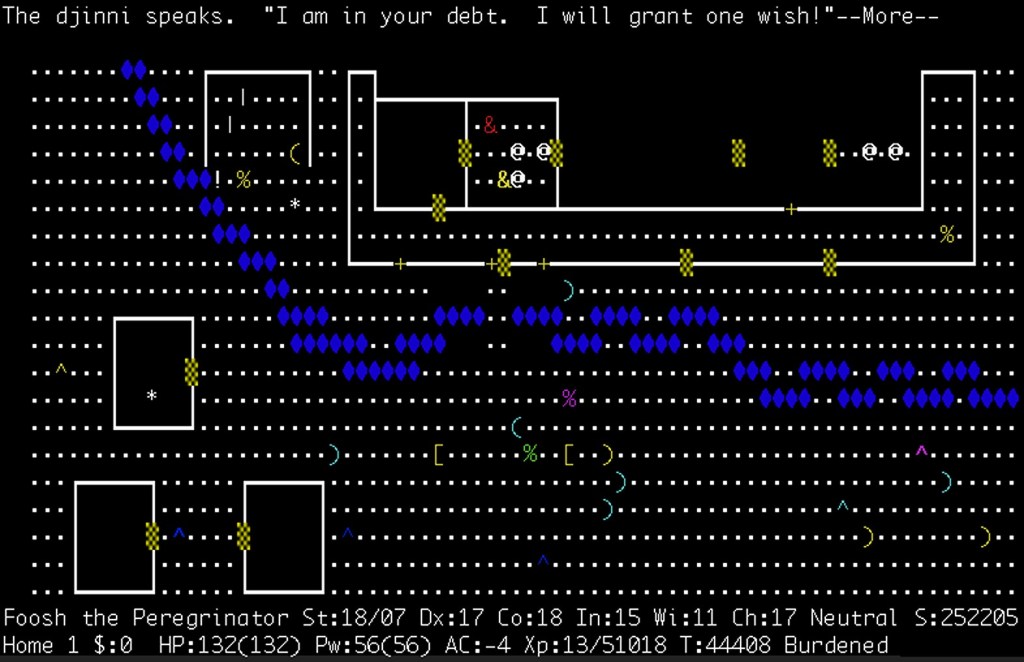
NetHack
Rogue is a genre-defining game, but it’s also slimmer and less developed than its descendants. NetHack, which forked from a different Rogue cousin, Hack, started development back in 1987, and it’s been continually worked on and updated ever since. I recommend it over its granddaddy for several reasons. Its expanded character attribute system will feel familiar to general JRPG fans over Rogue’s take-it-or-leave-it strength-based character sheet, its bestiary is vastly expanded, and there’s so much stuff to do and learn that it’s hard to get bored. Oh, and it’s also as free as ever.
The key to knowing if you’re ready to try a Roguelike in its original, no-tileset, “good luck, have fun… sucker” form, is if you’ve ever seen a screenshot of Dwarf Fortress and not had a mild panic attack. If you’re not up for that, hold on! I’ve got you. But if you are, this is a game that will feed your need to dungeon crawl for actual decades to come. Come join the mayhem, and collect your YASD (Yet Another Stupid Death) scout badge.
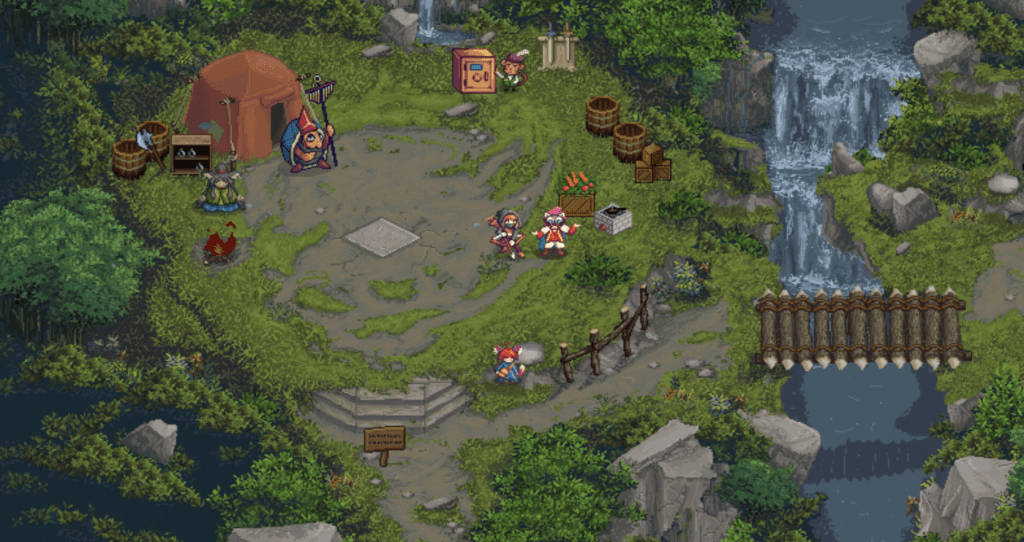
Tangledeep
Tangledeep, available on PC and Switch, is the best traditional Roguelike for a new player to try.
Tangledeep keeps the genre traditions intact with a turn-based system, randomized elements, and different classes to experiment with. But it also offers a huge slate of accessibility options that include turning off permadeath and adding back regeneration, all while helping you shape how you want your metagame (permanent unlocks, saved gold, and equipment) to evolve. In addition to a breezy story to help keep you on track and some great DLC to expand the adventure, Tangledeep also has a colorful, easy-to-recognize pixel aesthetic. No peering at keyboard symbols and guessing. You know what’s coming your way, and the info you need to counter it is easy to access.
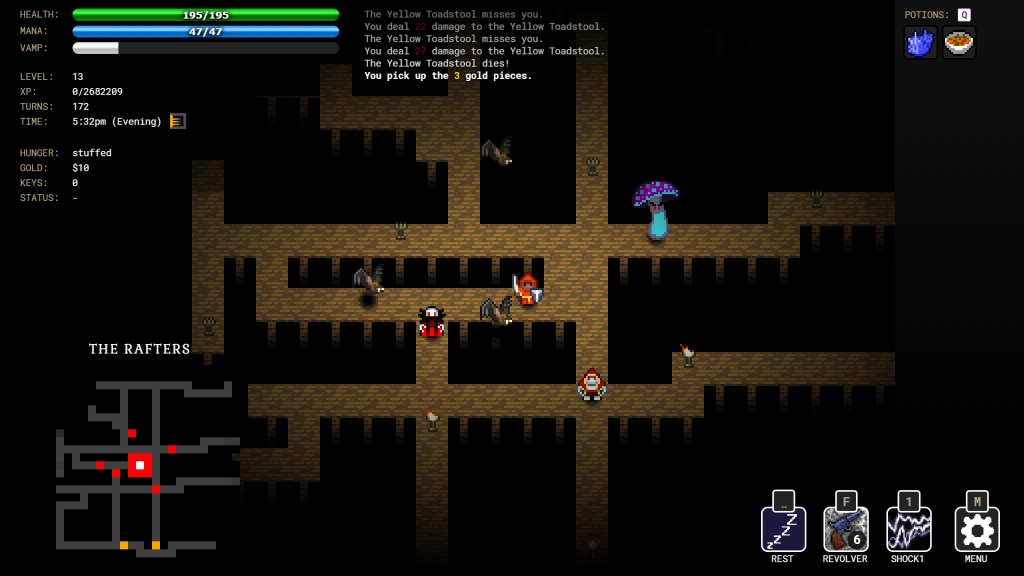
Golden Krone Hotel
The PC-only Golden Krone Hotel, meanwhile, is what’s called a ‘bite-sized’ Roguelike. Even the best of runs will probably take under a couple of hours, adding metagame unlocks and collectibles for your next try.
It’s the best beginner Roguelike for a player willing to take on some hardcore trickery, largely because death is fast and easy with the few resources you’ll have available in your opening playthroughs. Paying attention to your turns, the enemy turns, and environmental turns is all key to making it past the first few floors, adding a puzzle game flavor that you’ll need to learn to love to get into the deeper levels of Roguelike games. You also get to swap from human, to vampire, to back again, in a cute goth-pixel world. Great fun that asks for only a little of your time, and works a treat on the Steam Deck.
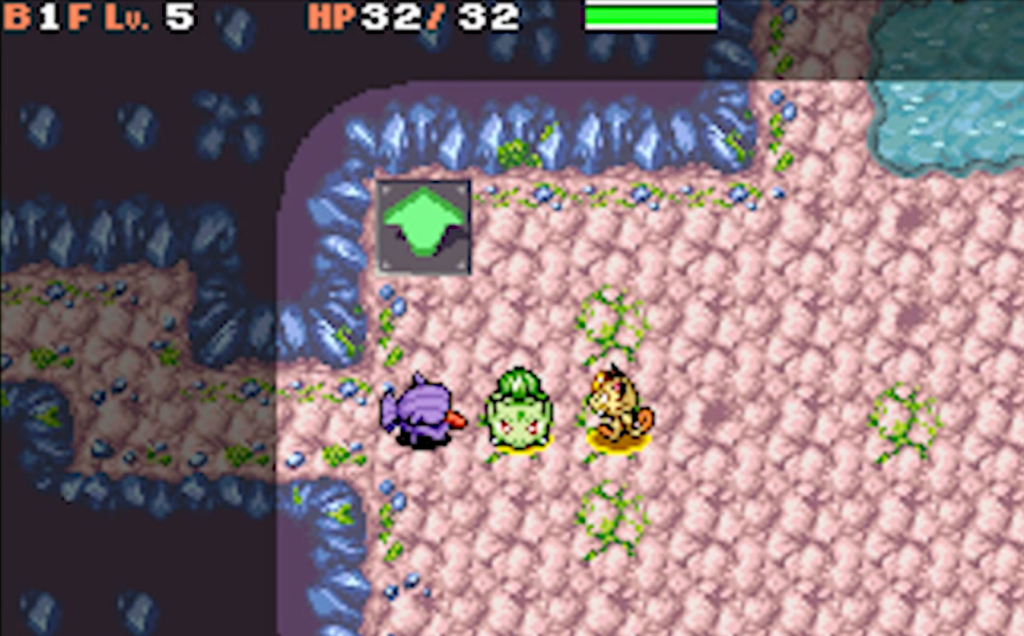
Pokémon Mystery Dungeon: Explorers of Sky
Adding a Pokémon shell, a central town, and an obscenely great story can only hide a certain truth for so long: Japan does not screw around with its mystery dungeons. While much of the main storyline can be butted through with some common sense and determination, the bonus storylines and the glut of endgame content are brutal enough to satisfy the grumpiest old dungeon delver. It’s got it all, randomized floors, brutal monster rooms, and equipment that might hurt you instead of helping.
Yes, this is the franchise spinoff where you get transformed into a Pokémonand have to save the world to go home. And while all the Pokémon Mystery Dungeon games are pretty fun, it’s this generation that also tosses in nightmare scenarios of betrayal and suicide, implications of torture, and a finale twist worse than Ash Ketchum dying for a hot minute. It’s highly recommended for hard-nosed beginners, kids with grit, and anyone that loves a damn good game.
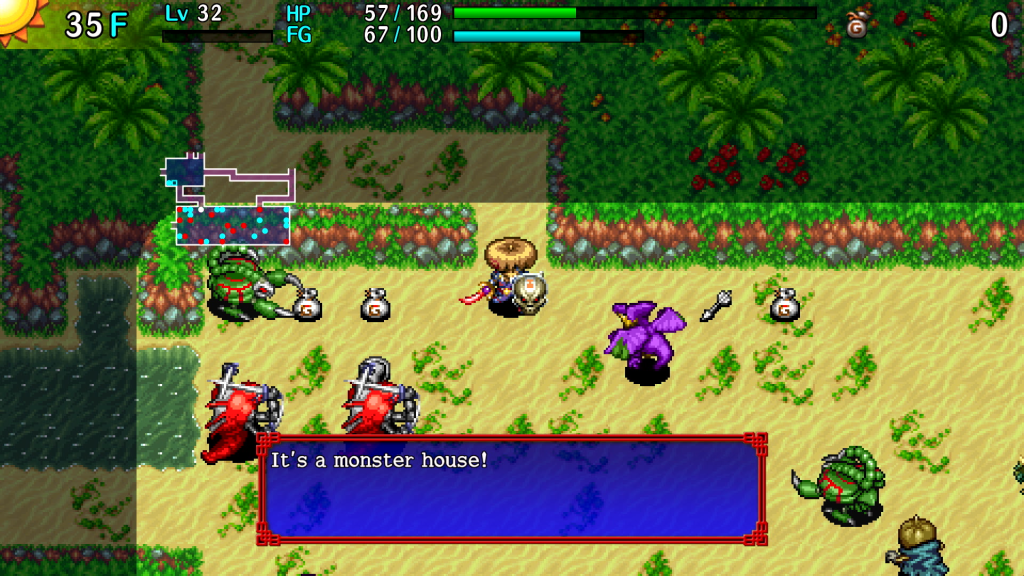
Shiren the Wanderer: The Tower of Fortune and the Dice of Fate
Shiren the Wanderer is a long-running part of Chunsoft’s collection of mystery dungeon games, but we Americans would never know it. It’s not surprising once you realize that Chunsoft’s role as dungeon keeper began with a Dragon Quest IV spinoff, Torneko’s Great Adventure. We did get the original Shiren the Wanderer title for DS in 2008, a cool 13 years after its original release. Its updated successor, Dice of Fate, landed on Switch in 2020 after ten years of being a Japan-only title.
Dice of Fate gets my recommendation for being an easy-to-access, often cheap-to-procure, pure crawler with a fun plot. It also includes a day-night system which will impact your crawl, and a few gimmicks that will help you save a few precious items each journey, letting you invest in a build. With another dedicated set of graphics and a series of replayable tutorials in the town hub, it’s a good time for anyone with the urge to grind.
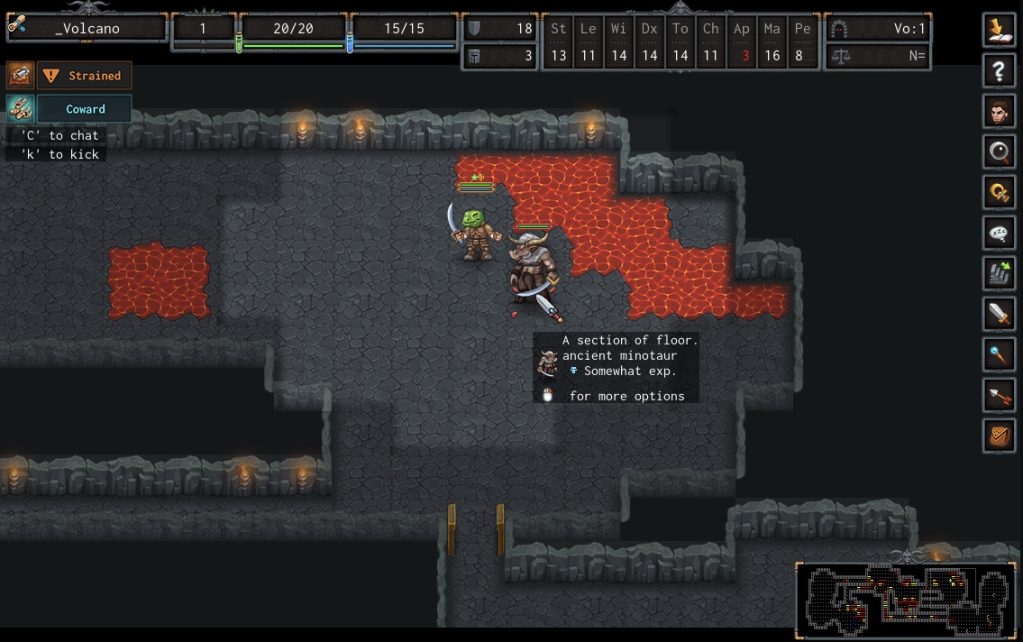
Ancient Domains of Mystery
ADOM started life as the passion project of a grumpy German developer who took a look at NetHack back in the day and said to himself, nein. Come 1994, he casually made a new evolution in the Roguelike mainstream, although he wasn’t the first to pull it off. That honor belongs to a forgotten Roguelike called Omega. However, ADOM includes an overworld map with villages, biomes, and procedural dungeons to explore, all of which persist after generation for as long as the playthrough lasts. A complex system of quests and character development, including smithing and harvesting, also help it feel like a full-service RPG.
Like many Roguelikes, death is permanent, and ADOM will run to nuke your savefile once it happens. You can test your skills on its classic text-style version for free via the developer’s site, and, like NetHack, it will run on a potato. Love it, or want the fully updated version with a graphics set? It’s available via Steam and GoG for a reasonable twenty dollars.
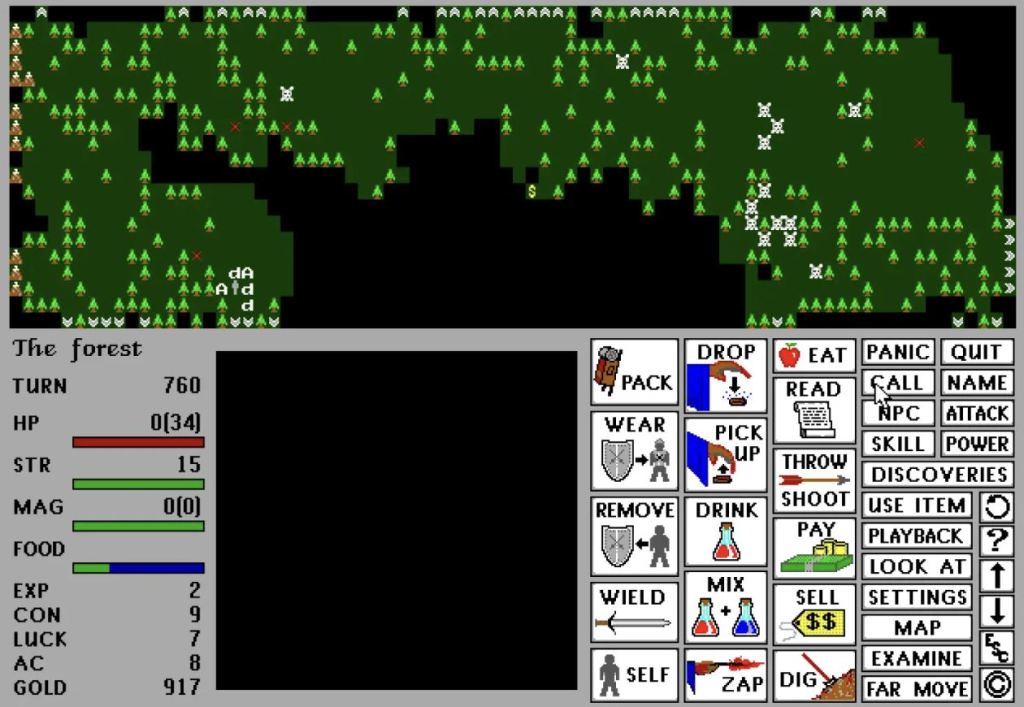
Ragnarok
Ragnarok is abandonware, thriving only from 1992-’95, and installing it on a modern system is going to be a drag. It’s easy to find a copy through most abandonware sites, though advanced knowledge of DOS-Box and a lot of persistence is going to be necessary to get it running offline on your system. If you find yourself loving Roguelikes, though, do it. Ragnarok is a full RPG inside that tasty Roguelike shell, with a primary quest line and some fun applications of Norse mythology.
The Valhalla variant (its European version release name) includes sound effects along with its clean tileset and an incredible amount of character depth. This game also expands what your character, initially chosen from a variety of classes, is capable of. Class switching at certain levels isn’t just available, it’s recommended, and your character can mutate or take on the power of the Gods themselves. Bonus: It’s mouse-friendly, so you don’t have to peck across the keyboard for hours unending.
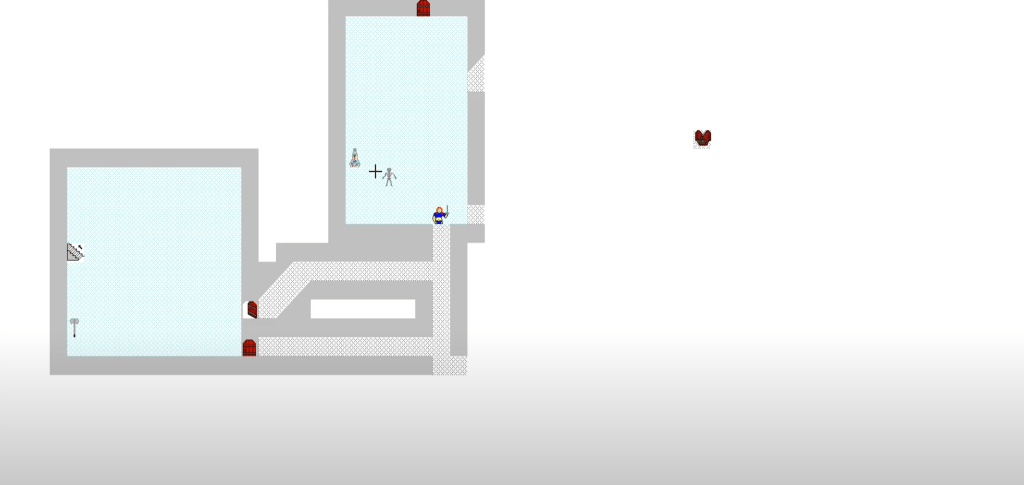
Castle of the Winds
The shareware era of the ‘90s was a golden time for PC gamers, with hours of entertainment given away for free in order to entice you to buy the rest. It’s a method that still works for indie developers like Spiderweb Software, but for some of us, it’s how we discovered our first commercial Roguelike. Distributed by Epic (yessir, that one), Castle of the Winds offered up its entire first half to eager gamers.
It’s another one-man joint, and developer Rick Saada put his heart into it. It looks like a clip art mess, but its randomized dungeons, oodles of monsters, and a plot with some genuine punches in it make it accessible. A Diablo-style armor mannequin and random loot give the serotonin. It’s another mouse-capable game, too. Best of all, not only is it free if you can run it, but you can fire it up right now in your browser for a try. Just start with Magic Arrow as your first skill. Trust me.
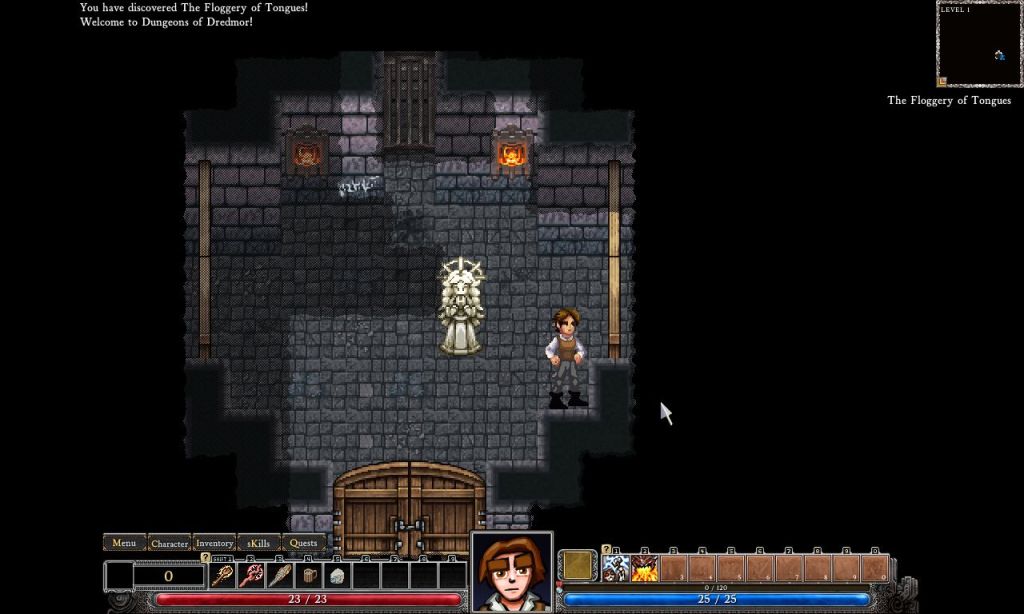
Dungeons of Dredmor
Dungeons of Dredmor’s existence is an exercise in frustration for dedicated Roguelike fans. Receiving heavy work and three expansions over its launch year of 2011 into 2012, it opened itself to Steam’s Workshop modding program and then… just sort of… died. The developers did a Scooby and vanished, and overcoming some of the game’s issues (like a bug that will eat autosave) is your problem now.
“Why the hell are you recommending it?!” Well, because its hybrid pixel/hand-drawn graphic aesthetic, idiotic obsession with Lutefisk, and general absurdity make it like no other Roguelike on the market Also, its modders do what its creators didn’t by expanding the game’s class options and skill sets to make this into one of the most unique Rogues on the market. Also, as of September, the developer’s mostly compromised website has added a new image on arrival, suggesting a chance at a Dredmor revival in the future.
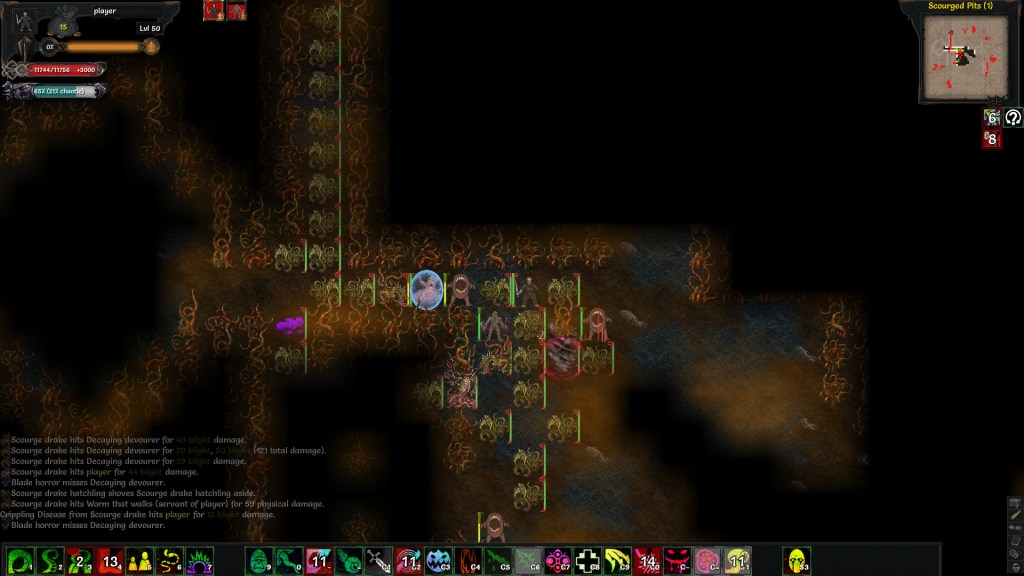
Tales of Maj’eyal
ToME is a funky lil game that truly began to thrive after it finished shivving off all the details of its original version (Tales of Middle Earth) that would’ve eventually gotten the Tolkien estate on its ass. Available to try for free via its website, this highly detailed Roguelike is also available for a value price on Steam as an alternative to the donor program that keeps its development alive.
Feeling the closest to Ragnarok but with less of the install hassle, ToME streamlines a lot of the usual mechanics into a crawler that’s easy to get into but joyously murderous to beat. Like my previous recommendation, it’s also moddable, allowing you to customize your experience into something more chill or vastly more complicated. It’s also peppered with deep lore, if you’re my kind of junkie, and buried in the effective tileset is the occasional great piece of digital art.
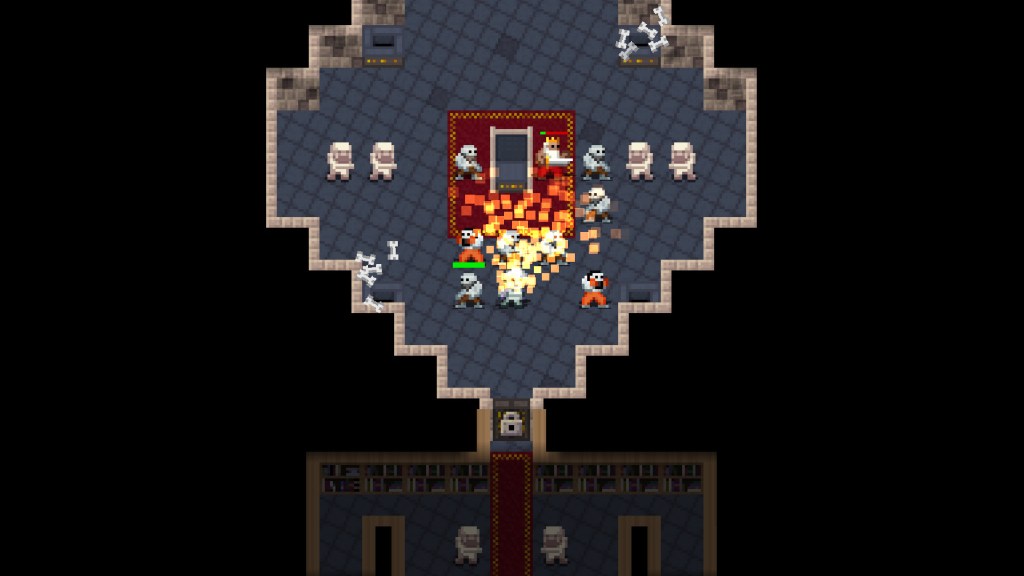
Shattered Pixel Dungeon
There’s another secret to the enjoyment of Roguelikes, and it’s that you can run most of them off a machine older than the average Toyota Corolla. Shattered Pixel Dungeon threads the line of that capability, offering a full-fledged crawler that does just about everything you could want from it on your PC, your Steam Deck, your Android phone, or even a burner iPhone that’s still running iOS 9. Yeah, the 2015 build.
It’s not the swankiest Roguelike, and it’s not loaded with all of the fixings of a ToME or an ADOM, but it’s the Roguelike you need when your life goes through a streak of nothing but waiting rooms, unhappy family gatherings, and locking yourself in bathrooms to get five minutes of peace. It’s an effective and efficient piece of work, hitting every itch you need from a Roguelike game. The developers remain committed to this little guy, and believe it or not, the mobile ports are genuinely the most comfortable to play. Give them your five bucks. It’s a guaranteed value, unlike your Genshin waifu.
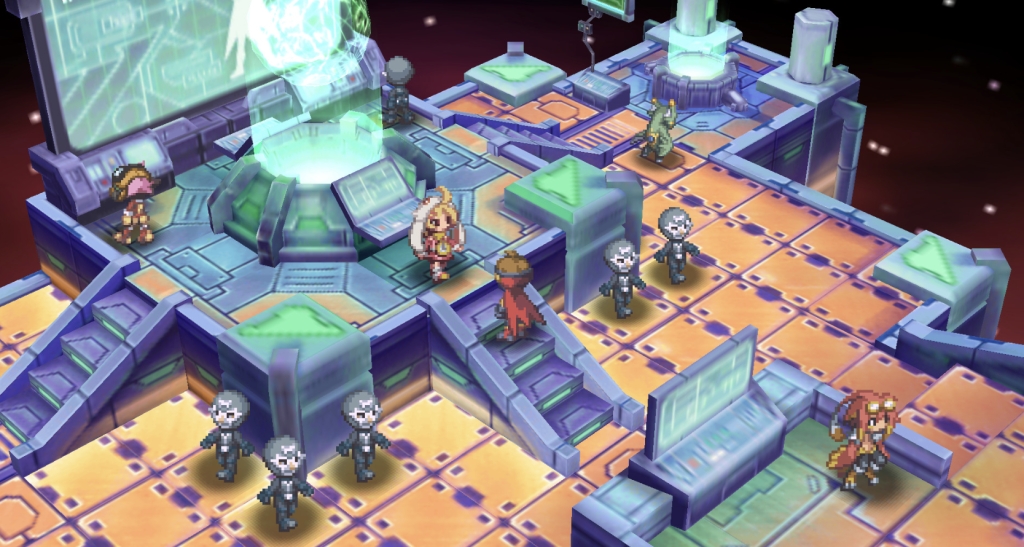
ZHP Unlosing Ranger vs. Darkdeath Evilman
Trust Nippon Ichi to take a genre and then do the weirdest shit imaginable to it. An absurdist riff on Ultraman, your hero is literally some dude. Because it’s probably a Monday, he passes by a gruesome car accident. The victim? The Unlosing Ranger: a very-much-no-longer-immortal tokusatsu hero who pulls a Hail Mary by giving his belt of plot armor to your dude. Congratulations! You’re immortal now! In that you don’t stay dead, but you can still, y’know, die. A lot.
Fortunately, the metagame wants you to improve your stats until you can actually take on the ultimate Evilman. To get there involves plenty of crawling and boss battles, but with that bonkers NIS twist. Disgaea’s enemy-chucking is a tactical feature, but, and look me in the eye to know I’m not lying, the real gift of this game is that you can wear a pair of tank treads for pants, turning you into the cutest version of Tetsuo the Body Hammer to date. Rereleased for Switch, it’s… goddamn, it is unique.
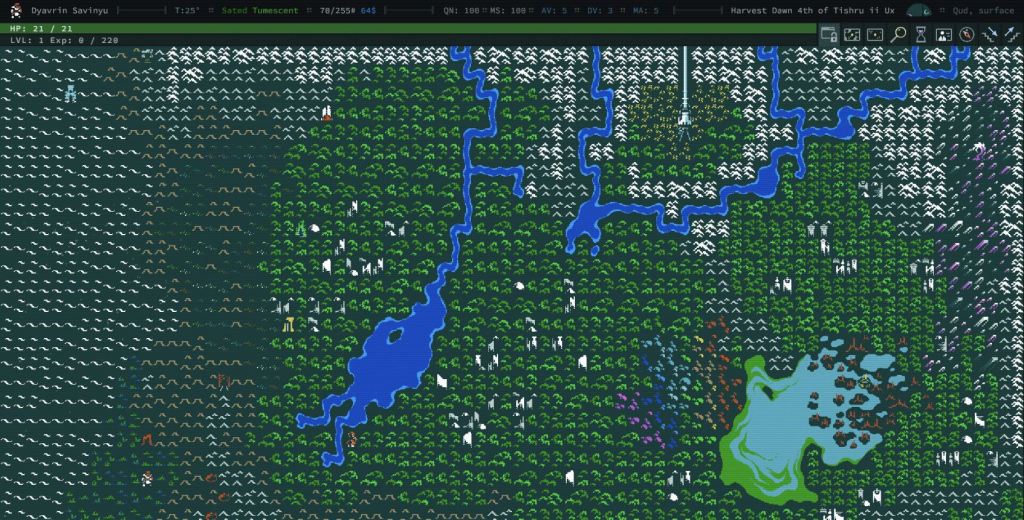
Caves of Qud
Caves of Qud has been in early access since 2015, but it remains the bleeding edge of the modern Roguelike and earns my strongest recommendation.
Not because it has some innovative new style; the graphic tileset is still minimalist, and the color scheme is old-school CRT. But because it takes every option the Roguelike can offer and builds a full, breathing world loaded with evolving lore. There’s more than a story running through the apocalyptic Qud, there’s a lifetime to be lived inside of it.
An overland map hides swaths of dungeons and ruined cities. Villages also thrive, each of them with reputation meters, goals, preferences, and a willingness to share their water and their secrets with respectful wanderers. Roaming caravans seed the desert on the way to the Six Day Stilt, a haven for librarians and merchants. Your starting build, whether a tech true kin or a mutant, is just a starting point. Anything can happen, from fungal changes to your body to mentally overtaking a stronger creature and wearing its skin as your own. You’ll need everything you’ve learned about Roguelikes to help you experience these caves, but you’ll evolve as it does.
